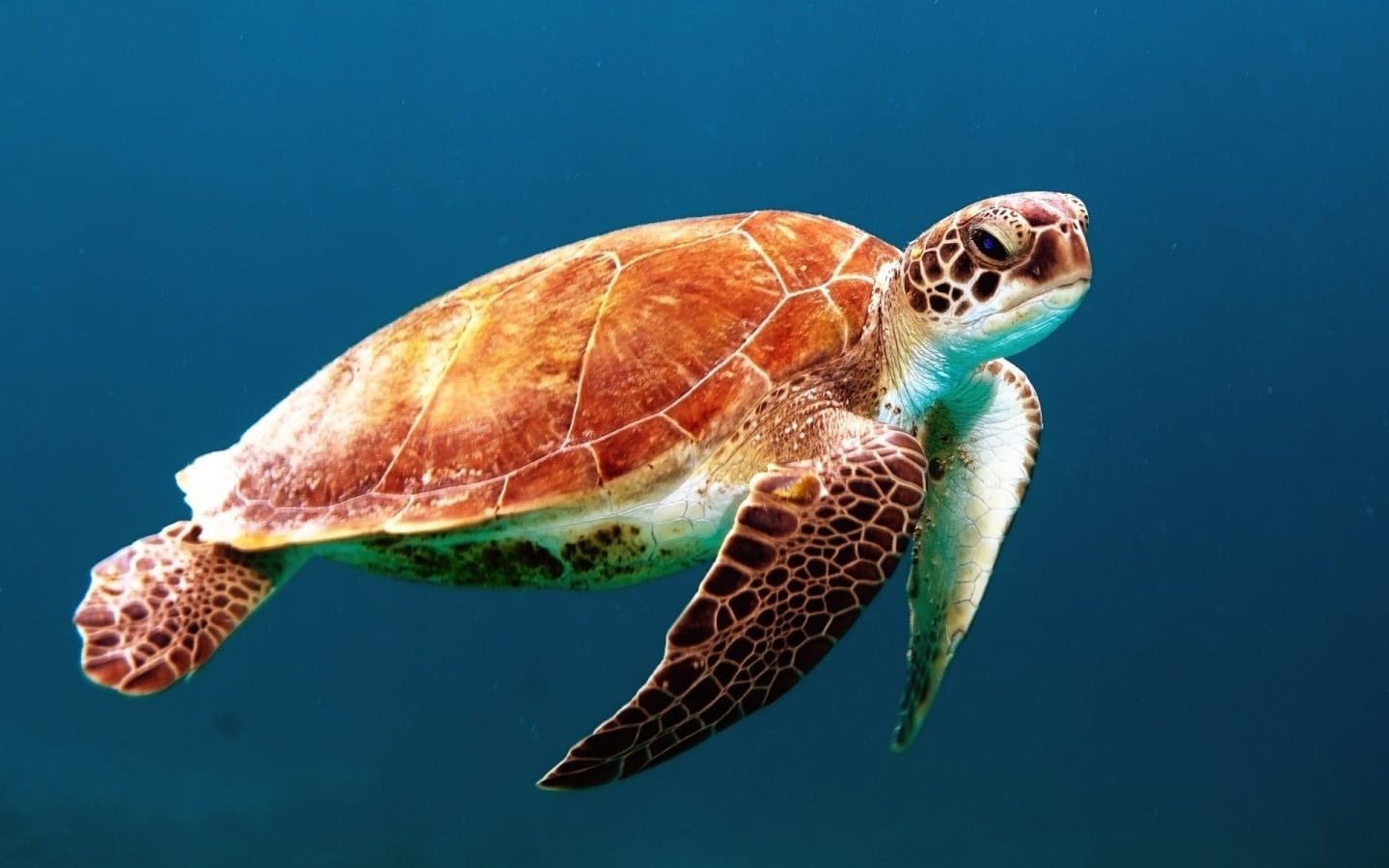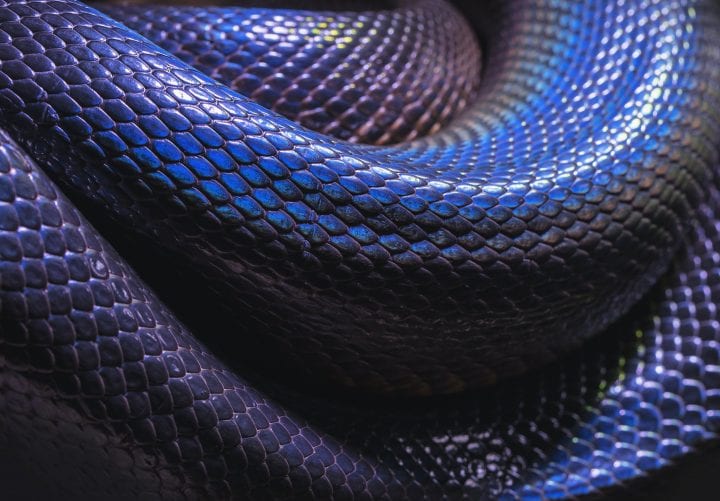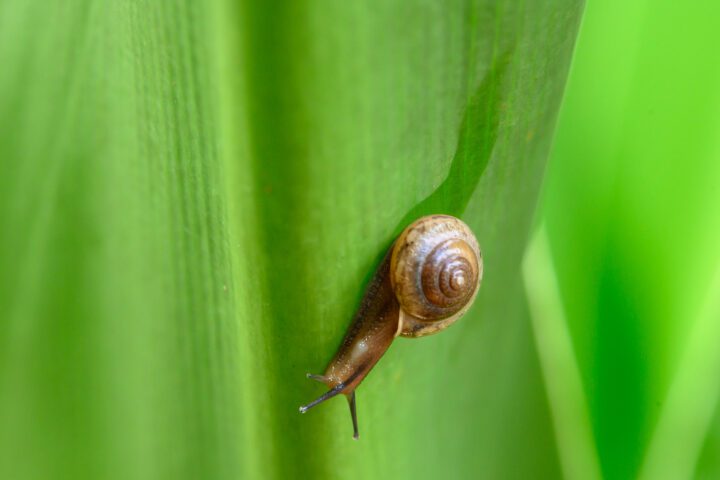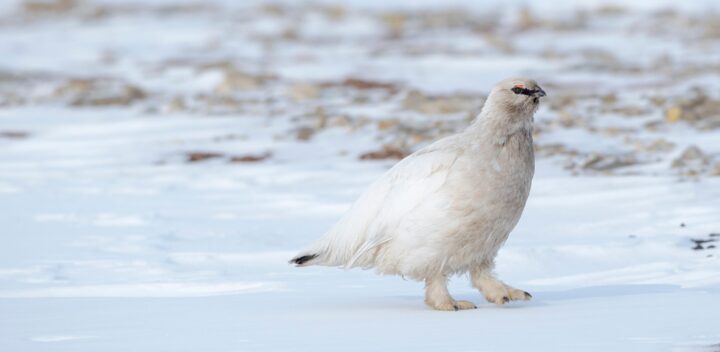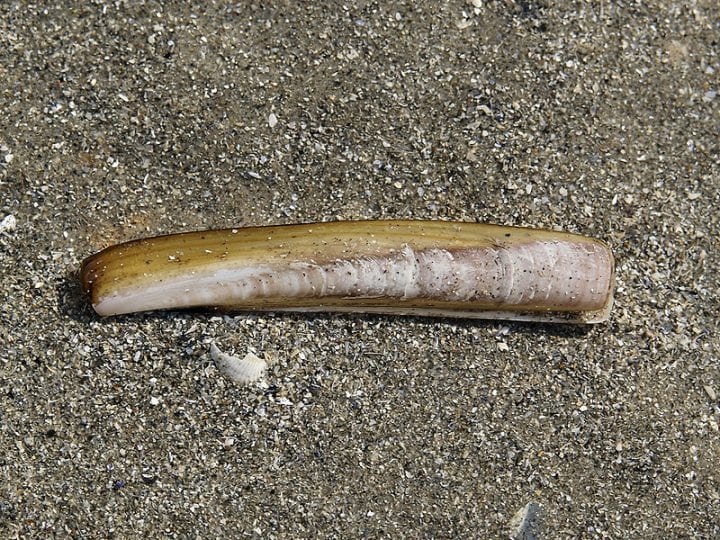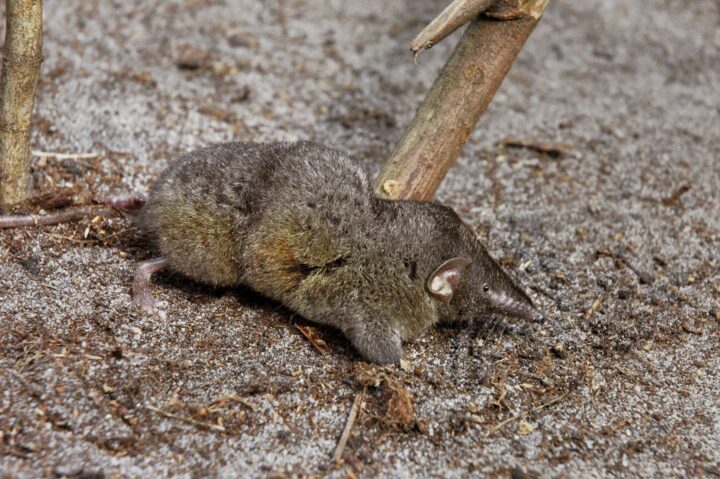Scales of snakes enable limbless forward movement through directional friction.
Snakes are limbless animals and so must move over a variety of surfaces using only their flexible and slender bodies. During typical slithering movements, a large portion of a snake’s body is in contact with and sliding over the ground at all times. This causes friction, which can damage the animal’s skin. In order to manage this friction, snake scales have a number of features that increase slipperiness. The scales on the underside of the snake are smoother than those on the sides and back, and they may also release a lubricant. However, in order to move, snakes must be able to grip the surface they are travelling across and push against it. In order to do this, they require a high level of friction between their scales and the surface: snakes must generate both low and high friction during travel.
Studies on a variety of different snake species have demonstrated that the friction generated by sliding depends on the direction of travel. Belly scales have small “micropatterns” that create arrays of v-shaped feathered trailing edges. The tips of these v-shapes point towards the tail of the snake and, in some species, they are raised at the tip. In this way, as the snake slides, the surface moves easily up and over the raised tips, but in the reverse direction they act like the pawl of a ratchet, snagging the surface and resisting movement in the opposite direction. The scales also have series of parallel grooves running from the head of the snake towards its tail. These grooves work like rails, limiting surface contact area and friction as long as the snake in moving in a parallel direction to the grooves, but generating high friction and grip when the snake moves sideways. In general, the scales on the undersides of snakes are low friction when the animal is moving forward, but generate high friction and grip when it moves from side-to-side or backwards.
Snakes have multiple methods of moving, including a side-to-side slither, concertina-like (accordion-like), and “sidewinding” (flinging themselves over the ground). They have remarkable levels of control over their muscles and may even be able to control each scale’s angle and attitude independently. In this way, they are able to combine fine muscle movement with the structure of scales to generate forward travel by bracing against and pushing off of the ground in a variety of different ways.

